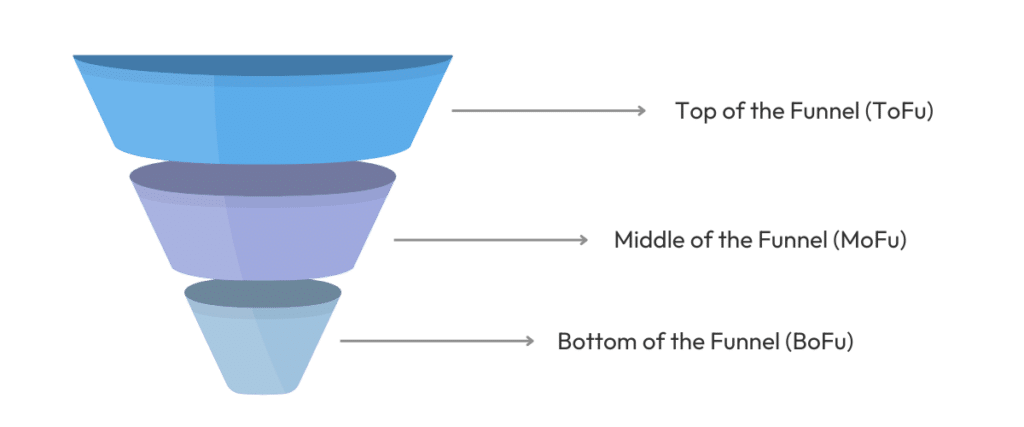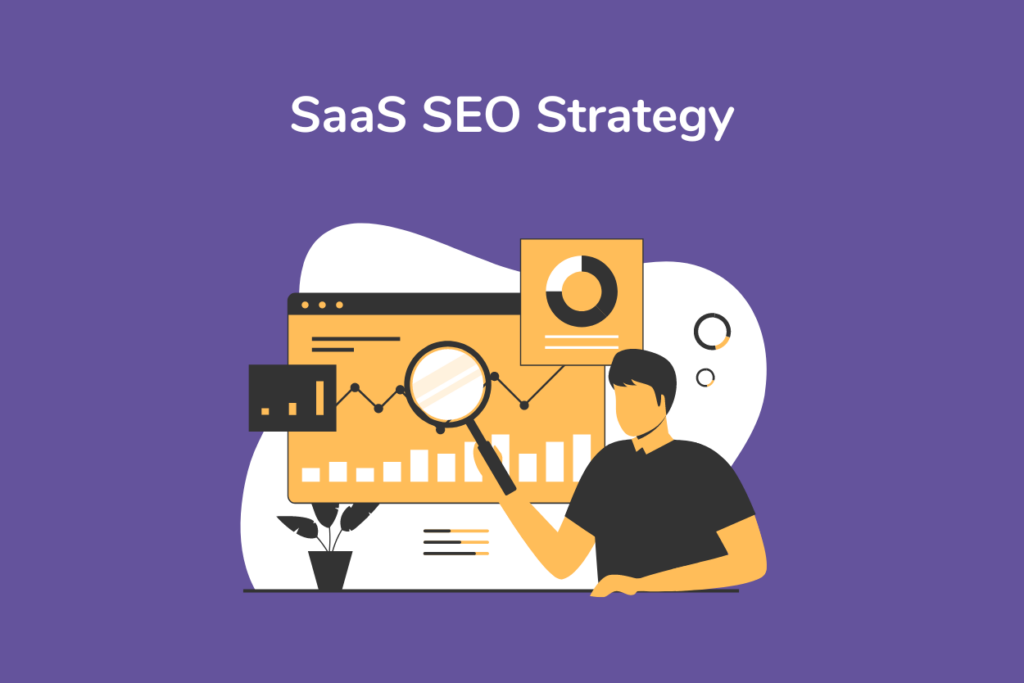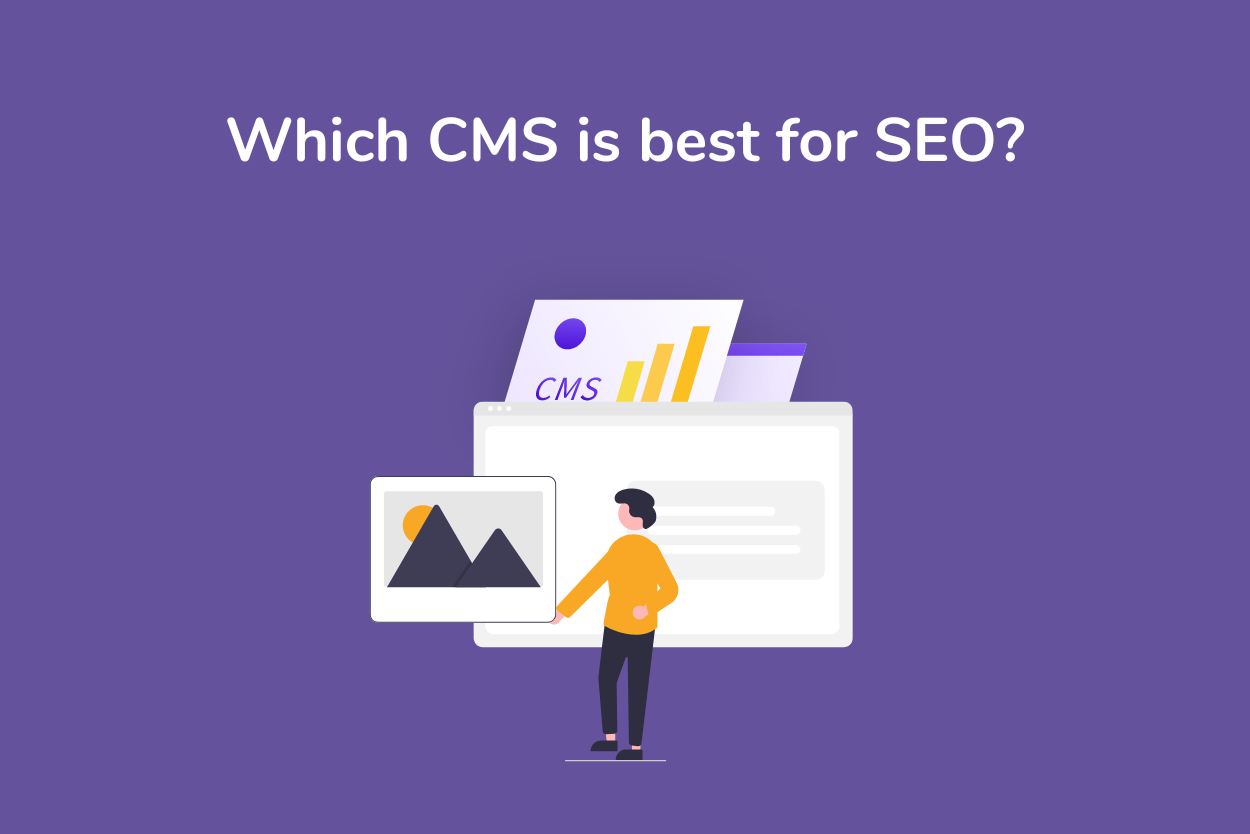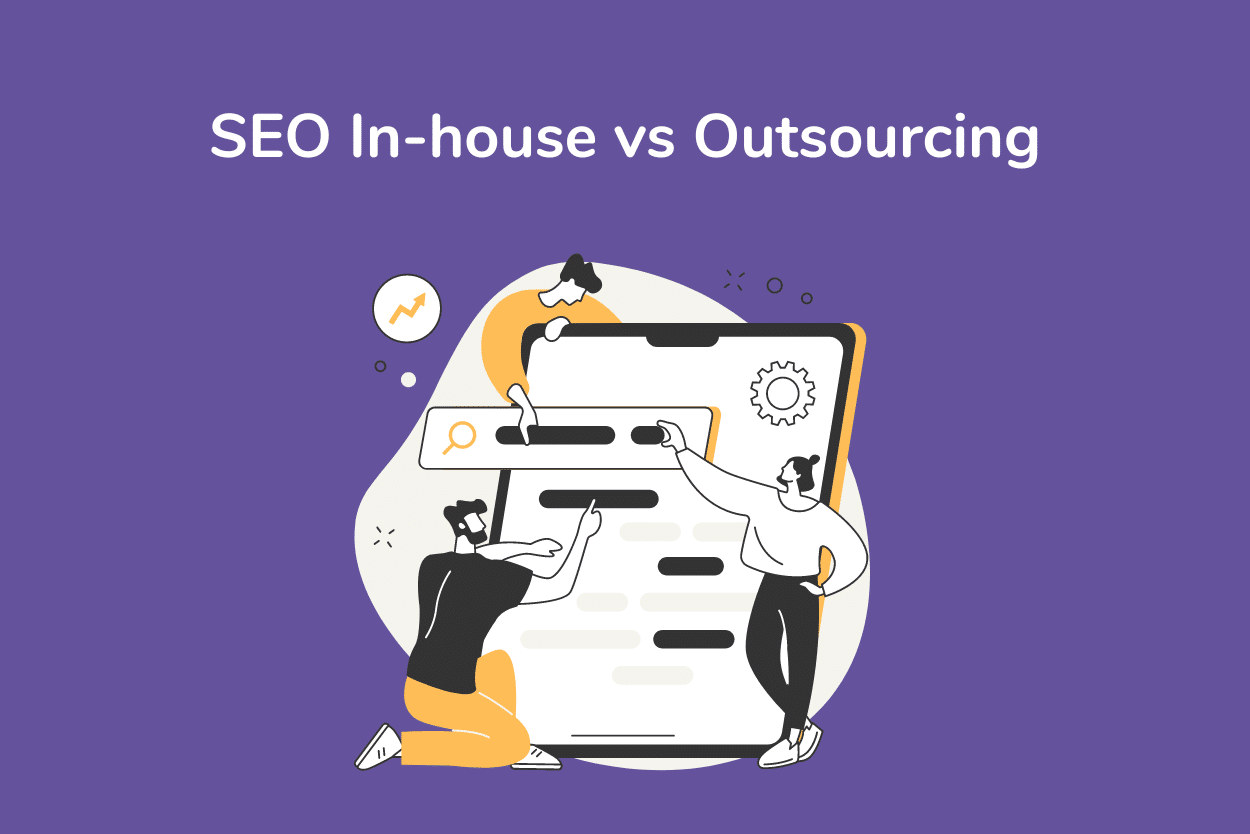
It is in this modern digital era that SaaS companies have unique challenges to and opportunities for online product marketing. In today’s world of fierce competition and rapidly growing technological change, the right strategy for SaaS SEO becomes most paramount.
Effective use of SEO and content marketing helps a firm bring down customer acquisition costs by over 87%.
To SaaS companies, it involves driving relevant traffic, generating quality leads, nourishing potential customers, and then converting them into confirmed loyal users. In this blog, we will explore the nuances of what SaaS SEO Strategy is: why it’s important, how it differs from traditional SEO, and top strategies you need to implement for success.
What is SaaS SEO?
SaaS SEO is the process of optimizing a SaaS company’s website for better rankings in search engine result pages. On-Page SEO, Technical SEO, Content Marketing, and Link building strategies will be leveraged; however, each will need to be uniquely adapted to answer the specific concerns and challenges belonging to SaaS businesses.
Why SEO Matters for SaaS
There are many pivotal reasons that reveal why SEO is very essential for a SaaS business.
Increased Visibility and Brand Awareness
SEO is all about making sure that you have a SaaS business ranking at the top in the search result pages, thereby maximizing visibility to potential customers. With better awareness comes better visibility, crucial in sustaining and growing customers today through rigorous competition. If your SaaS product finds its way to the top of the search results, this gives more traffic and builds trust among the users.
Cost-Effective Lead Generation
It’s cost-effective for generating high-quality leads. You don’t need to pay every time someone clicks or views an ad, unlike paid advertising. Organic search traffic can drive a constant volume of interested prospects to your website without your bearing continuous expenses for them. That is more the case with SaaS companies, where acquiring customers is pretty expensive. SEO reduces CAC by attracting organic leads who are looking for solutions your product can offer.
Long-Term Results
The benefits associated with SEO transcend one-time investment. For instance, after achieving those high ranks on relevant keywords, you can further maintain these positions all the way through by continuously optimizing and writing quality content. This forms the base for a continuous flow of organic traffic and leads, critical to the models of recurrent revenue typically associated with SaaS businesses.
Targeted Traffic
SEO helps SaaS companies drive very relevant traffic by optimizing for keywords that their prospects are using. By understanding and targeting specific search intents, one can attract users at all different stages of the buyer’s journey: awareness, consideration, and decision-making. This targeted approach ensures that the traffic you drive is more likely to convert to paying customers.
Building Authority and Trust
Building Authority and Trust This goes hand in glove with high rankings often being directly associated with authority and trust. If this happens enough—a SaaS company consistently tops the search—the customer is told that this company is at a leadership level on that topic. Such perceived authority can drastically impact the purchasing decisions, as customers will then be inclined toward selecting vendors who not only care about them but also are trustworthy. SEO delivers such authority by being focused on high-quality content, backlinks, and user experience.
Improving User Experience
Improving the User Experience The user experience on your website is an integral part of SEO. This includes how to increase the site speed, be more mobile-friendly, and ensure easy navigation—in fact, all those elements that enhance user experience. An excellent user experience will not only serve to keep you high in search rankings but also retain visitors for longer, which reduces bounce and increases conversion rates.
What is the Difference Between SaaS SEO and Traditional SEO?
Traditional SEO involves the more general optimization of sites for different industries, while SaaS SEO is more focused, even reaching the level of precision. SaaS companies typically have a longer sales cycle, a lot more around recurring revenue models, and make for more technical products.
That is to say, SaaS SEO requires understanding most about the buyer’s journey, the capability to create detailed and information-rich content, and focus on metrics like CAC and CLV.
SaaS SEO in the Marketing Funnel

Top of the Funnel (ToFu):
Attract a broad audience and raise awareness.
Informational Content: Create blogs and guides on general industry topics (e.g., “What is Project Management?”).
Educational Resources: Offer eBooks, whitepapers, and webinars to educate and build authority.
Middle of the Funnel (MoFu):
Engage and build trust with prospects considering solutions.
Case Studies and Testimonials: Show success stories and customer feedback.
In-Depth Guides and Comparisons: Detail your product’s benefits and compare it with competitors.
Webinars and Demos: Provide live demonstrations to highlight product value.
Bottom of the Funnel (BoFu):
Convert leads into customers ready to make a decision.
Product and Landing Pages: Optimize with high-intent keywords and clear calls-to-action.
Free Trials and Demos: Allow hands-on experience with your product.
Pricing Pages: Make pricing clear and conversion-focused.
Top 3 SaaS SEO Strategies
1. Writing Content for User Intent
Understand what users are really searching for, and satisfy that search intent. Cover, with your content, all the questions, problems, and steps users take on their buyer’s journey. This runs all the way from blog posts and tutorials to FAQ pages that cater to the needs and pain points of your audience.
2. Getting Quality Backlinks
Earn backlinks from relevant, authoritative websites to achieve referral traffic, domain authority, and search engine rankings for the site. Earn links to your site through quality, shareable content from industry blogs, news sites, and other authoritative resources.
3. Finding the Right Keywords
Effective keyword research means identifying the high search volume keywords that have relevance to your SaaS product. Use Semrush’s Keyword Magic Tool to find out what potential customers look for. Target a mix of broad and long-tail keywords that capture traffic at several different stages along the funnel.
Ensure Your SaaS SEO Strategy Is Backed by Data
Back your SaaS SEO strategy with real data for making informed decisions that will lead to sustainable growth. First, set clear goals and KPIs like organic traffic, conversion rates, and keyword ranking positions, among others, to measure progress.
Then leverage tools based on analytics, such as Google Analytics, Semrush, Ahrefs, to understand user behavior, sources of traffic, and keyword performance as you seek to understand more what drives the results.
Regular site audits can be scheduled with tools like Screaming Frog and Google’s PageSpeed Insights to find and fix issues such as broken links or slow page loads. Use Semrush tools to track competitors’ strategies, which might be useful to identify either new opportunities or gaps in the strategy.
A/B test different components on your web pages in accordance with real users’ preferences and behaviors. Use Google Search Console and Ahrefs to track the performance of your target keywords and adjust your strategy in accordance with this information. Analyze user behavior metrics to increase site engagement and improve conversion rates based on session duration and pages per session.
And finally, create formatted reports periodically to sum up your SEO performance and continue to improve your strategy with the help of Google Data Studio and other such tools to get detailed, visually compelling reports. Integrating data across your SEO strategy will make sure that you decide from an informed position on constant growth and improvement.
Cost Analysis of SaaS SEO Implementation in the USA and India
| Service Component | USA Cost (USD) | India Cost (INR) |
| Agency Fees | ||
| Basic Package | $2,500 – $5,000/month | ₹37,000 – ₹75,000/month |
| Mid-Range Package | $5,000 – $10,000/month | ₹75,000 – ₹225,000/month |
| High-End Package | $10,000 – $20,000+/month | ₹225,000 – ₹750,000+/month |
| Top-Tier Agencies | $20,000 – $50,000+/month | ₹750,000 – ₹1,500,000+/month |
| Freelancer Rates | ||
| Hourly Rate | $75 – $200/hour | ₹1,100 – ₹3,700/hour |
| Project-Based | $1,000 – $5,000+ | ₹22,500 – ₹112,500+ |
| Monthly Retainers | $1,000 – $5,000+/month | ₹22,500 – ₹112,500+/month |
| In-House SEO Team | ||
| SEO Specialist | $50,000 – $75,000/year | ₹750,000 – ₹1,875,000/year |
| SEO Manager | $75,000 – $120,000/year | ₹1,875,000 – ₹3,750,000/year |
| SEO Director | $120,000 – $200,000+/year | ₹3,750,000 – ₹6,000,000+/year |
| Additional Tools and Software | $500 – $1,500+/month | ₹15,000 – ₹37,500+/month |
Note: The estimated costs in this table can vary based on project specifics, service provider expertise, and market conditions. For accurate pricing, obtain customized quotes from multiple providers.
Best SEO Tools for SaaS
Deploying an effective SEO strategy for the SaaS business necessitates the use of relevant tools that could be utilized for handling specific dimensions of the optimization process, from the research phase of appropriate keywords to monitoring performance. Let’s explore some key, top-rated SEO recommended tools for SaaS firms:
Ahrefs

- Features: Backlink analysis by Site Explorer, Keyword Explorer, Content Explorer, and Rank Tracker.
- Benefits: Ahrefs conducts backlink analysis, providing similar insights and details on content performance compared to the backlink profile of competitors.
Semrush

- Features: Comprehensive research on keywords, analysis of competitors, backlink audit, and checking the health status of a website.
- Benefits: Semrush is appreciated for a rich database and advanced analytical tools, which makes it great for profound SEO campaigns.
Google Analytics

- Features: Monitoring of website traffic, user behavior tracking, conversion rate measurements.
- Benefits: It is necessary for understanding user interaction with your site, finding traffic sources, and generally measuring the topical way efficiency of yours inspector effort
Google Search Console

- Features: It observes how a website is doing in search on Google to make sure it is free of crawling problems and provides the data for keyword rankings.
- Benefits: A free tool that provides quick and beneficial insights directly from Google for ways of understanding and improving your site’s presence in search results.
Moz

- Features: Keyword research, site audits, rank tracking, and backlink analysis.
Benefits: Moz is user-friendly and provides a rock-solid base for any SEO strategy.
Conclusion
Developing a strong SEO strategy to enhance the online brand presence and drive quality leads for the SaaS business is vital. If you focus on the content that resonates with user intent, building quality backlinks, and make the correct choices regarding keywords, you will boost rankings and enhance the conversion rates.
And most of the back-end help comes from data-driven decisions, further monitoring, and technical audits done on the sites through tools like Semrush and Google analytics for continuous improvement.
Outsource to India and then balance the cost with the USA. So get output with good quality out of whatever amount you have for SEO. Get smoothest ever running of process with the correct SEO tools.
An elaborated SEO strategy with data points oriented toward meeting SaaS needs can only ensure sustainable growth and competitive advantage in the digital environment.



